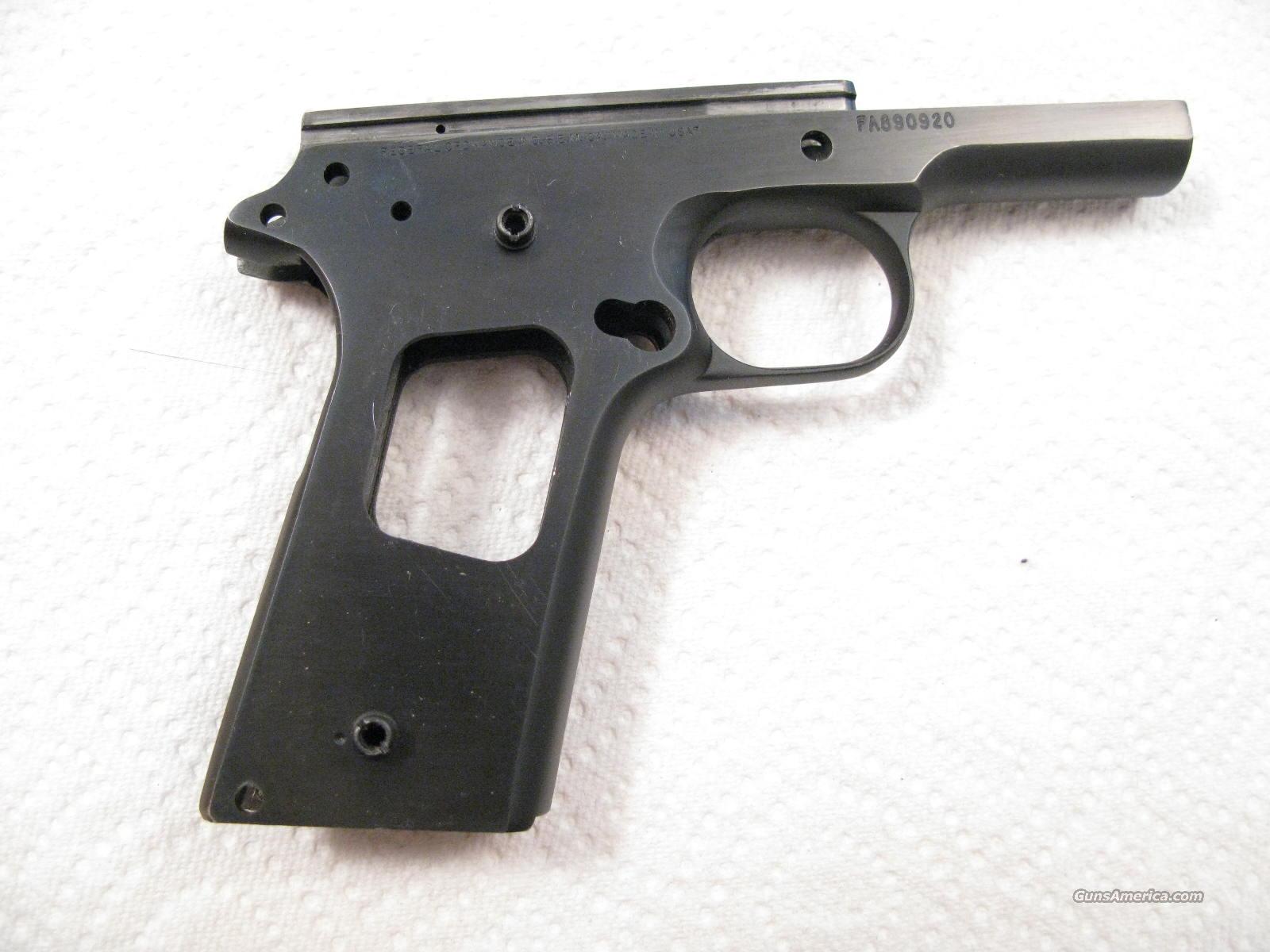

The Mauser Model 1871, originally a single shot action, added a tubular magazine in its 1884 update, and the Jarmann M1884, adopted the same year, also used one. Nearly all subsequent semiautomatic pistol designs adopted detachable box magazines.įusil Gras mle 1874 with 10 cartridge gravity magazine, made in 1883īeginning in the 1880s, the new bolt action rifle began to gain favor with militaries, and these were often equipped with tubular magazines. The first successful semiautomatic pistol, the Borchardt C-93 (1893), incorporated detachable box magazines. It also includes a crucial safety feature for hunting dangerous game: when empty the follower stops the bolt from engaging the chamber, informing the operator that the gun is empty before any attempt to fire.

The magazine is assembled from inexpensive stamped sheet metal. These features allow the operator to reload the gun infrequently, carry magazines rather than loose cartridges, and to easily change the types of cartridges in the field. It is insertable and removable at any time with any number of cartridges. It operates reliably with cartridges of different lengths. Other guns did not adopt all of its features until his patent expired in 1942: It has shoulders to retain cartridges when it is removed from the rifle. The first completely modern removable box magazine was patented in 1908 by Arthur Savage for the Savage Model 99.

Lever-action rifles pioneered detachable magazines: the Winchester 88, the Ruger 96/44 and the Savage 99. The lever action Henry and Winchester rifles, evolved from the earlier Volcanic, saw service with a number of militaries, such as Turkey, while Switzerland and Italy adopted similar designs. The Spencer was successful, but the rimfire ammunition did occasionally ignite in the magazine tube, which would destroy the rifle and potentially injure the user. The Spencer used a tubular magazine located in the butt of the gun, rather than under the barrel, and used new rimfire metallic cartridges. The first magazine fed firearm to achieve widespread success was the Spencer repeating rifle, which saw service in the American Civil War. While the anemic power of the Rocket Ball ammunition used in the Volcanic doomed it to limited popularity, the basic design of the tubular magazine and lever action survive to this day. The first successful repeater to appear was the Volcanic Rifle, which used a hollow bullet with the base filled with powder and primer (an early form of caseless ammunition) fed into the chamber from a spring-loaded tube called a magazine, named after a building or room used to store ammunition. Lever action ĭiagram of the Spencer rifle showing the tubular magazine in the buttĭiagram of the Henry rifle showing the tubular magazine under the barrel Firing was accomplished by raising the muzzle of the gun to allow the balls to fall to the rear of the magazine, sliding a ball from the magazine into the barrel with a sliding breech-block, then cocking the hammer (which was connected to a valve) and firing. Due to the use of a large air reservoir, the rifle could fire all the shots in its magazine before the reservoir was depleted enough to require recharging. The Girandoni held 22 balls in a gravity fed tubular magazine, located beside and parallel to the barrel. The Girandoni Air Rifle, dating to around 1780, was fairly typical of the repeating air rifles of the time. Without the need for powder, the magazine contained only the balls, the power was provided by high pressure air supplied by an air reservoir in the butt of the gun. The earliest magazines appeared not on firearms, but rather on air guns. Breech loading designs such as the needle gun, and paper cartridges sped the loading process, but successful repeating mechanisms did not appear until self-contained cartridges were developed. Both of these add bulk and weight over a single barrel and a single chamber, however, and many attempts were made to get multiple shots from a single loading of a single barrel through the use of superposed loads. The earliest firearms were loaded with loose powder and a lead ball, and to fire more than a single shot without reloading required multiple barrels, such as pepper-box guns and double-barreled shotguns, or multiple chambers, such as in revolvers.


 0 kommentar(er)
0 kommentar(er)
